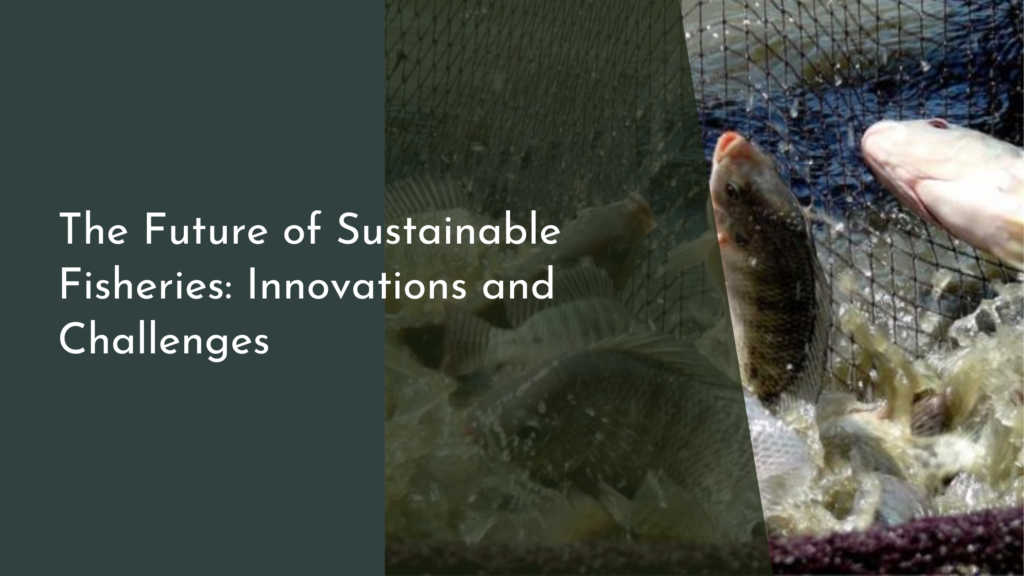How to Promote Biodiversity-Friendly Tourism
In recent years, the concept of biodiversity-friendly tourism has gained traction as travelers become more environmentally conscious and seek ways to explore the world without leaving a detrimental impact. This form of tourism focuses on preserving and enhancing the natural ecosystems that make travel destinations unique and valuable. By integrating conservation efforts with tourism, destinations can ensure that visitors have an enriching experience while contributing positively to the local environment and communities. This article explores the various aspects of promoting biodiversity-friendly tourism, from understanding its core principles to implementing effective marketing strategies.
Understanding Biodiversity-Friendly Tourism
Biodiversity-friendly tourism is an approach that emphasizes the conservation and sustainable use of biological diversity in tourism activities. It recognizes the intrinsic value of ecosystems, species, and genetic diversity, promoting practices that minimize environmental impacts and support the ecological integrity of travel destinations. This type of tourism seeks to create a harmonious relationship between tourism development and natural habitats, thereby ensuring that tourism contributes to the conservation of biodiversity rather than its degradation.
An essential aspect of biodiversity-friendly tourism is the recognition of the interconnectedness of humans and nature. It involves engaging tourists in conservation activities and educating them about the importance of preserving biodiversity. By fostering a deeper understanding and appreciation of the natural world, biodiversity-friendly tourism can inspire travelers to adopt more sustainable behaviors. This approach not only enhances the tourist experience but also helps generate support for local conservation initiatives, creating a positive cycle of environmental stewardship.
Engaging Local Communities and Stakeholders
Local communities and stakeholders play a critical role in the success of biodiversity-friendly tourism. These are the people who have a vested interest in maintaining the health and vitality of their natural surroundings, often relying on them for their livelihoods. Engaging these groups involves involving them in decision-making processes, creating opportunities for them to benefit economically from tourism activities while ensuring that their cultural and ecological knowledge is respected and integrated into tourism practices.
Building partnerships with local communities can lead to innovative solutions for conservation and tourism management. By aligning the goals of tourism development with the interests of local stakeholders, destinations can create a sense of ownership and pride among community members. This can lead to more effective conservation efforts and a more authentic and enriched experience for tourists. Through workshops, training programs, and collaborative projects, communities can be empowered to take an active role in promoting and maintaining biodiversity-friendly tourism.
Developing Sustainable Tourism Practices
Implementing sustainable tourism practices is pivotal in promoting biodiversity-friendly tourism. This involves adopting measures that reduce the environmental footprint of tourism activities, such as minimizing waste, conserving water and energy, and protecting natural habitats. Sustainable practices also include promoting eco-friendly transportation options, supporting local and organic food producers, and ensuring that accommodations adhere to green standards.
Beyond environmental considerations, sustainable tourism practices must also address social and economic sustainability. This means providing fair wages and working conditions for tourism workers, supporting local businesses, and investing in community development projects. By creating a tourism model that benefits both people and the planet, destinations can ensure that biodiversity-friendly tourism is not only viable but also a driver of positive change.
Marketing Strategies for Eco-Conscious Travelers
To attract eco-conscious travelers, destinations need to develop marketing strategies that highlight their commitment to biodiversity and sustainability. This can be achieved by showcasing conservation initiatives, emphasizing the uniqueness of local ecosystems, and providing information about the positive impact of tourism on the environment and communities. Effective marketing should also include testimonials and stories from tourists who have experienced the benefits of biodiversity-friendly tourism firsthand.
Utilizing digital platforms and social media is crucial in reaching a global audience of eco-conscious travelers. By creating engaging content, such as videos, podcasts, and blogs, destinations can connect with potential visitors and inspire them to choose tourism options that align with their values. Collaborations with influencers and eco-travel bloggers can further amplify these messages, helping to build a brand that is synonymous with responsible and enriching travel experiences.
Incorporating biodiversity-friendly principles into tourism offers immense benefits for travelers, local communities, and the environment. By understanding and promoting these practices, destinations can create a sustainable tourism model that protects and celebrates the diversity of life on our planet. As travelers increasingly seek meaningful and responsible travel experiences, the demand for biodiversity-friendly tourism will only continue to grow. With the right strategies in place, the tourism industry has the potential to become a powerful force for conservation and positive change.


